Rodney Coates Outlines A 12-Step Program for Decolonizing Academe
Public sociologist Rodney Coates, a professor of critical race and ethnic studies and of global and intercultural studies at Miami University of Ohio, and author the SAGE Publishing text The Matrix of Race, will present a free webinar on “A 12-Step Program for Decolonizing the University” on July 30. While the webinar filled up with a few hours of being announced, a recording will appear here on Social Science Space. In the meantime, here is the 12-step program Coates first presented on social media this spring.
Step 1: Beginning the Dialogue

Have you noticed that damn near every major corporation has suddenly discovered black pain, abuse, and distress? All the major firms have come out with statements of feigning shock and sympathy, huge banners but limited support past the verbal. Everyone is getting on the bandwagon — many of which rolled that same wagon over us in the past. “See — we care that you are broken and bruised, let us help. We see your pain, let us tell your story through our lens; you have suffered enough. Let us sell our jeans, our shoes, our history so that all can benefit from your pain.” Let this death matter, it is important that everyone sees we are allies with you on your knees. We can benefit now, we can win the struggle your blood has cost us. Please … if you want to help -send some support. We could use scholarships, small business loans, police and prison reform, access to full medical and related health care. I am glad you see our pain, but it’s been there for a while. Now let us see your support.
Step 2: Difficult Conversations
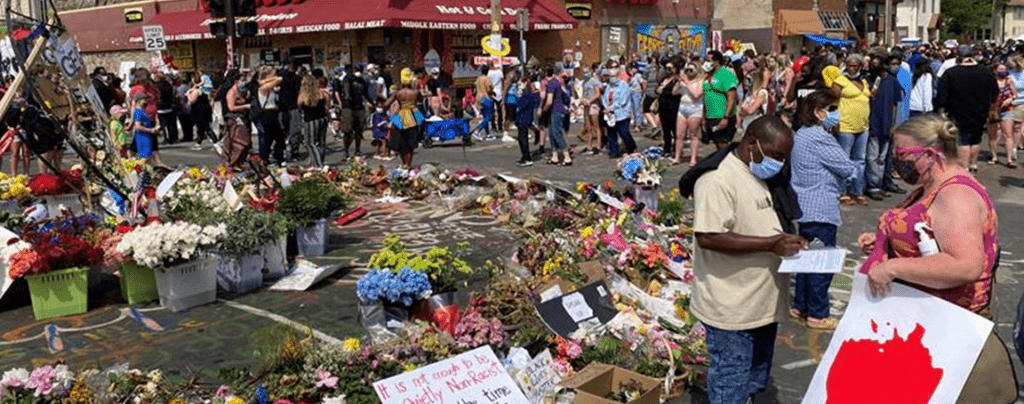
Difficult conversations about privilege and racial discrimination require that first we be honest. We must provide the spaces where all, particularly the marginalized, can be heard. So often we want to bring in outsiders to tell us what is wrong. I find this strange when the real experts are there in the room. Bringing in an outsider who controls the discussion essentially tells the insider person of color that their experiences are not of value. Outsiders can indeed facilitate, but should not dictate, the conversation. Legitimating the voices of people of color who are insiders sends a clear message that ownership of the conversation and the solutions are internally driven. When privilege dictates not only whose voices will be heard, but how these voices will be evaluated, only reaffirms privilege. In this strange game, conflict arises between the various peoples of color as each tries to be validated. Decolonizing the institution and anti-racism movements are not exclusive zero sum operations, but inclusive, additive processes. Decolonizing is not affirmative action but equitable action. Only this way can diversity, inclusion, and social justice come through authentic dialogues.
Step 3: The Emperor’s New Clothes

We’ve all read or heard of the children’s story, “The Emperor’s New Clothes,” first published by C. A. Reitzel. Dealing with white privilege is treacherous, particular for persons of color. In real life, not in children’s stories, what happens when one challenges power and privilege? It’s interesting that Reitzel, shortly after publishing a story that was decidedly political satire, received a ruby ring from the prince … and “The Emperor’s New Clothes” was the last political satire critical of royalty that he would publish. In academia and corporations, as those of lower status challenge white privilege, they are similarly either bought off or punished. Often rather than face scorn, lowered evaluations and relatedly promotions and raises, many become less critical. Such things as student evaluations and performance reviews are frequently used to punish those who would dare reveal and challenge white privilege. Strange, the ire is most severely reserved for those people of color that provide such critiques. And thus when we notice lower class sizes and student evaluations, we point to the professor of color as being the problem, not the privileged.
Step 4: The Meaning of Allyship
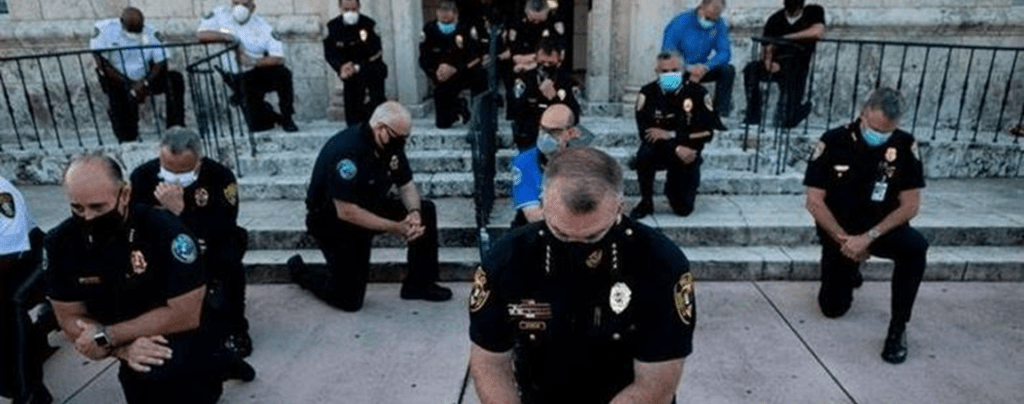
It seems that everyone now wants to embrace black people, share our pain and join us in our struggle. Thanks for your honesty and humility. As we begin this journey, let us now discuss what allyship means. It means to walk a mile in our moccasins, pulling alongside us the cart of our complaints, and sharing our vision. Please, however remember that this is our struggle, our complaints and our visions. If you would join us then embrace these and we will welcome you into our struggle for social justice and an equitable future. So yes, recognize the allyships, but also please remember the reason why we came to the table in the first place had to do with blacks, indigenous peoples, and people of color. Many right now are trying their damnedest to figure out ways that they can benefit, at the expense of their black colleagues, from this current surge in white angst. This is the real danger. If we fail to understand this, then academia and America will continue to be racist, and our efforts to decolonize and produce anti racist policies, systems, and structures will be failures. And we will be back here in a couple of years again, mourning the death of another black man, black woman, indigenous man or woman, or unarmed migrant worker.
Step 5: Allyship vs. Catering
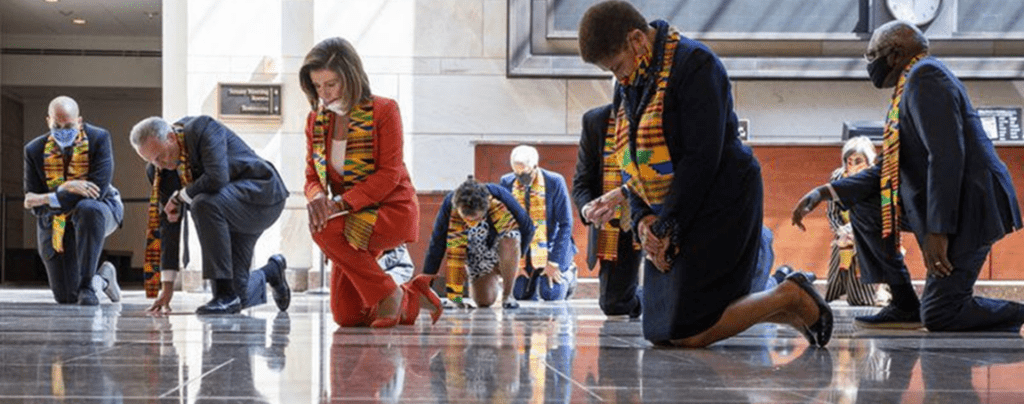
There is a difference between allyship and catering to the audience. The former is focusing on what is right, while the latter is appearing to be right. Allyship is about being in the trenches, dodging bullets, taking chances. Catering is about pimping the movement, looking for photo ops, and promoting personal agendas. We do not need the crowds mimicking our pain, but those willing to share that pain. Want to demonstrate authenticity in our struggle? go to your job or place of business and begin to identify and dismantle racist barriers. Take some risks, make some individual and collective sacrifices by funding some scholarships, provide skills training, open up some pathways to occupations and crafts. Then you will demonstrate that you are indeed an ally. It’s what you do when the cameras are off that makes a difference.
Step 6: Defining White Privilege

Defining white privilege is really quite easy. White privilege, a product of racial hierarchies, are embedded within racial institutions/structures. We describe the processes as structural racism. Systems of racism, where several key racial institutions/structures overlap, socializes each new generation and accepts the racial systems, hierarchies and privileges as being normal. Any patterns of racial inequities are typically assigned to individual incapacity, neglect, or inabilities. Hence higher incarceration and conviction rates, expulsions and failure, and graduation, wealth, health gaps are defined as individual or group failures, not the failures of the system. The irony of white privilege is that it allows the recipient the veneer of innocence and plausible deniability. Thus, even in the face of decades of scientifically verified and objective data, and the constant complaint of people of color, the white privileged are able to operate cluelessly while the storm rages.
Step 7: Structural Racism

Consider the number and types of courses, leadership positions, and staff at your institution. If the majority of your faculty of color are teaching identity courses you have a problem; if these are the only courses they teach, you have a crisis. If this pattern is duplicated within your administrative structure, where the majority of the diversity, inclusion, and equity leaders are people of color, you have a problem; if these roles are exclusively filled by people of color you have a crisis. Finally, if your staff are bifurcated, with one area, say administrative/clerical, filled primarily by whites, and the janitorial/grounds crew more diverse, again you have a problem. Even if these positions are primarily filled by whites, you have a crisis. If in each of these areas within the institution across different units where different skill sets are required, but identical racial patterns, then you have evidence of severe and significant structural racism. Decolonizing the institution starts here, with both a strategic plan for diversifying the opportunities within your institution for your personnel, and one for long- range hiring. The first priority is to provide pathways that allow each employee to maximize their development, expand their capabilities thus enriching their’s and the institution’s experiences. The latter is accomplished by initially conducting a census to determine the frequency of turnover and retirements, then developing a strategic five-year diversity hiring plan. I will discuss each of these steps in detail in the next sections.
Step 8: Pathways 2 Progress
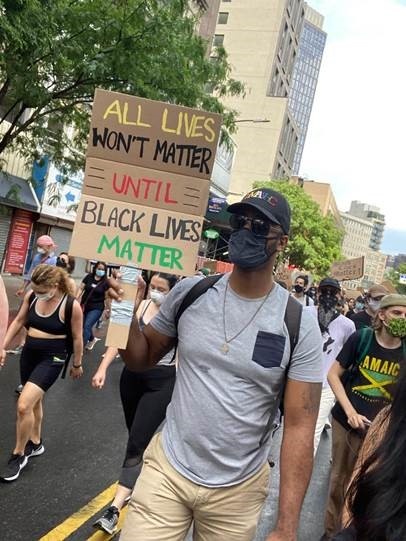
I believe in us. We just need to be brave enough to talk openly and honestly. Then act in deliberate ways to strategically decolonize the institution. Together we can be transformative as we ourselves are transformed. The first step in the process is to identify the ruts and channels which divert and deny people of color access to the range of rewards, privileges and opportunities within the institution. Do a detailed census of all levels within the institution, determine if, when and where these blockages occur. Then dismantle them. If for example you note students of color are less likely to be admitted and successful in say Business or STEM, have some frank discussions with current and former students about their experiences. These are the experts. Through these sessions identity faculty and staff allies, and those faculty and courses that serve as gatekeeping functions. When necessary hire additional faculty with proven track records. Of course you also have to ensure that the pathways are open and provide a robust, reliable flow into these areas. Alternatively if major streams of students believe they are being diverted into less desirable areas we need to understand why.
Step 9: The Perfect Storm

As many institutions are just now assessing the damage caused by COVID-19 many fiscal problems are only being exacerbated. Prior to COVID_19, universities across the country were already facing a fiscal cliff as declining enrollments, increasing costs with filling the slots, and the continued erosion of state fiscal support. Secondly, COVID-19 promises even deeper budget deficits as fewer international and out of state students choose to stay at home, as an estimated third of high school graduates plan on taking a “gap year” off, and as state budgets get even tighter. Added to this the costs of repaying students for dorm and related expenses, tuition reimbursements, and expenses associated with going fully online. Thirdly, #blacklivesmatter will mean certain racial unrest as these students come to campus and challenge the racial climate at their respective universities. Collectively these amount to nothing less than the Perfect Storm. COVID-19 will be eventually resolved. The escalating budget crises faced by universities is a looming nightmare. Already Universities have cut faculty and staff to the bone are now facing even more cuts. But the crisis is also due due to a shrinking white and international student base. THese numbers will not improve, either short or long term. The only real solution is to expand the pathways for underrepresented students. But herein lies the real problem: it’s called the cradle to prison pipeline. Strange that we would spend 60k to lock up a young person, yet can find little to no money to educate, provide scholarships and training. Added to this the reality that black males stand a 1 in 3, and Hispanic males a 1 in 6, chance of going to prison, for at least 4 years, while each has only a 3 in 10 chance of going to college. We can keep doing the same things, and the certainty of extinction will be realized as the Perfect Storm hits. Or, we can expand the Pathways 2 Progress through partnerships with local schools. More on this later.
Step 10: Goodbye Ivory Tower
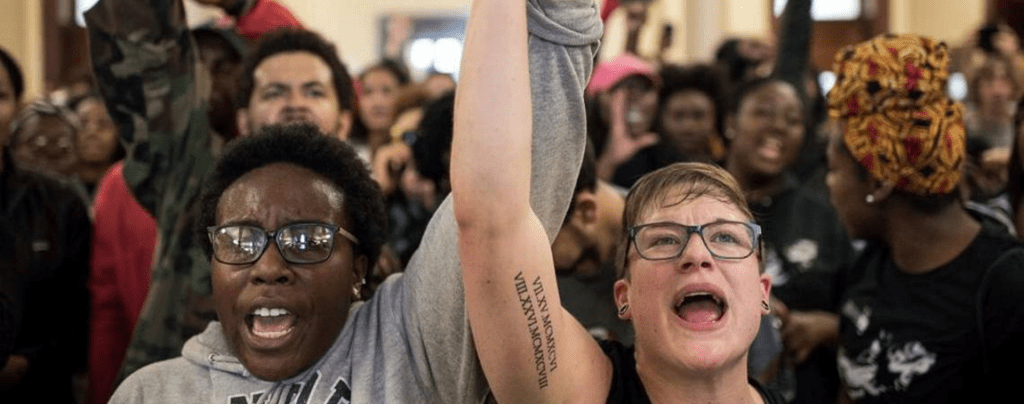
In some nostalgic, mythical place, The University existed on a hill, the Ivory Tower, where all not only saw but were attracted to its light. Academe prided itself in its exclusivity, its difficulty, and its failure rates. However nostalgic one may be, such an institution could never exist save for among the very elite. The very meaning of the University, derived from its Latin roots, makes reference to a community of scholars and learners. The reality is that functional universities are tied to their capacity to serve the community. That core mission remains, if anything it is even more important. But the mission is expanding. The future of the university lies is in its capacity to develop community partnerships. These partnerships are most robust when they encourage pathways linking diverse constituencies to successful and thriving lives as responsible, liberally educated citizens. If the university cannot accomplish this, in today’s competitive environment, it will cease to exist. On the front end, this means working with local schools to help articulate and model what pre-college skills and experiences are most appropriate for college success. On the back end, we need to ensure that we maximize the number of diverse students who graduate with the skills and experiences to enter society ready to be fully engaged. The pathways that lead through the University must be demographically diverse and reflect the composition of the wider community, state, and/ or nation. The pathways that lead from our Universities must be equally diverse across the full spectrum of opportunities afforded by the university. Chief among the skills needed of our graduates include the ability to positively interact with an ever increasingly diverse world, the ability to think both critically, logically and analytically to solve complex problems, and to be an accomplished scholar. Barriers to access and success must be identified and eliminated in order to maximize the core mission of the University.
Step 11: Giving Lions Voice
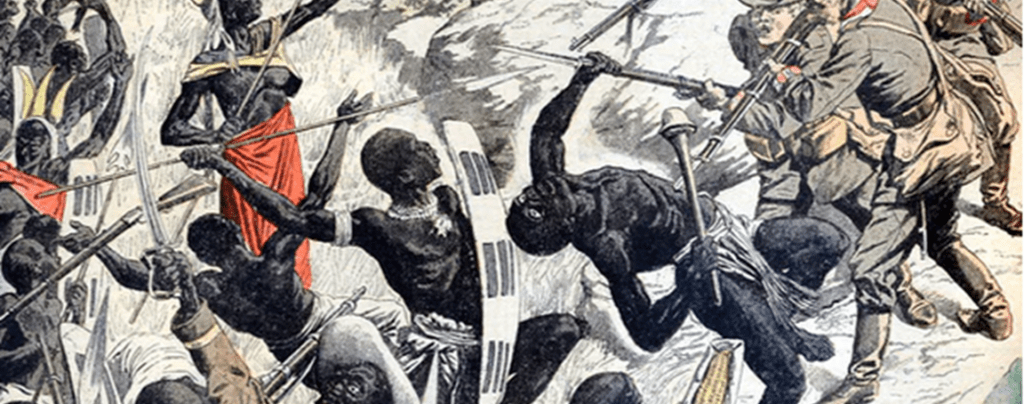
For much of the history of the academy the stories of blacks and others have been othered, and not central in the conversation. And then when the Academy was forced to discover, hire and give space to black voices it created such things as ethnic studies, black studies and other studies. This was indeed an advancement for the University, but soon everyone became experts on the black condition. Books, symposiums, and a whole cottage industry came into being celebrating the “authentic” black voice. Now the University is replete with those who speak for the black and other people of color, who have used the “voices of lions” to become experts on these voices. In the process the lions’ voice has become tame, has become marginalized, and has become muffled. This is particularly true at historically white colleges and universities (HWCU) where strangely enough you typically have more non-people of color who have become experts. While we welcome these allies in our struggle, they should not be given priority to the “authentic” voices of the lions. Specifically, many can teach using the works of DuBois, Crenshaw or Collins, or José Martí and José Enrique Rodó or Crow Creek and Elizabeth Cook-Lynn, or Jeffery Paul Chan and Lucie Cheng, but only those who have walked in these paths can use their own experiences in the cauldron of race, struggled to remove the stench of forced marches, still cringing from being forced into reservations, internment camps and ghettos, been segregation, lynched, raped and incarcerated. The various contemporary expressions captured in the hashtags #BlackLivesMatter, #AsianLivesMatter, #IndegenousPeoplesLivesMatter, #ChicanoLivesMatter movement provide radically nuanced meanings when articulated by lions’ voices. The system, particularly at HWCU’s penalizes authenticity with more critical evaluations, lower class enrollments, and more tenuous appointments. So the average student at HWCU’s avoid these difficulty conversations and classes by avoiding those taught by lions. And when forced to take such courses, these same predominantly white students are more likely to punish the lion who dared to challenge them the hunter. We have long understood that faculty of color teaching particularly courses in critical race and ethnic studies are more likely to be negatively evaluated by students, their research and scholarly work marginalized within their disciplines, and their voices thereby muffled. Strange, given the centrality of race in the history, economy, politics, and realities of America, they become marginalized within the academy, discipline and our realities. Stranger still when we can talk about theory, critical inquiry, history, and America in general, that we can do this without any reference to race, class or gender. Only by giving centrality to the these voices and protections can such voices continue in clarity and authenticity. We can ill afford to allow the hunters to dictate when, where and how the lion speaks. Decolonizing the institution means giving lions voice while understanding that the hunters will be troubled.
Step 12: We Need Strategic Processes Not Slogans
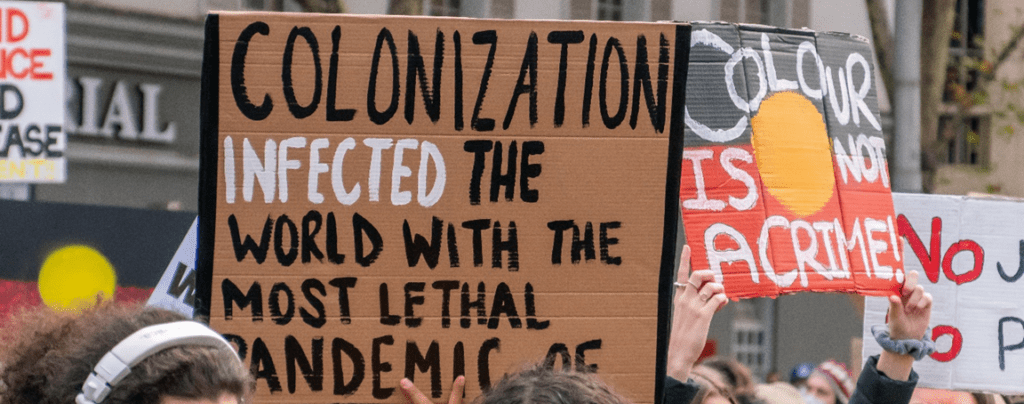
Universities and corporations across America are frantically trying to wordsmith their way out of the crisis Black Lives Matter presents. Slogans, pithy statements, and crocodile tears aside this is not a PR moment. This is a time for deliberate, strategic, and protracted change. This is not a moment but a movement. The usual band-aid approaches will not work. Bringing out your beleaguered black and other people of color to stand alongside you on the front lines will not deflect the coming storm. Carefully phrased strategic plans without strategic investment in change will not halt the hemorrhaging wounds systematic racism continues to inflict. Naming, blaming, and shaming selected targets while providing some immediate gratification only makes the next crisis certain. We are in this crisis today because we have done all these things in the past. We have whole shelves, thousands of pages of documents that document our willingness to say anything to get past this moment. Promises made in the heat of the moment often shrink when the moment is past. We do not need another revival where some anointed “diversity leader/pimp” tells us how bad we were/are. We need not rehearse all our many failures as we have repeatedly promised yet avoided any real change. We are sorry when there is no reparation, redemption, or restoration is the epitome of hypocrisy. This is not a virus where a vaccination will cure our indifference, this is not a rash where a bit of salve will relieve the discomfort, and this is not an infection where a bit of quarantine will make it all go away. No this is systematic and only structural changes at our cores will solve. The solutions therefore are radical processes that redefine who we are, transform our cultures, and redirect our resources in meaningful, tangible, and measurable ways. It should ultimately be realized that unless there is a significant investment in recruitment, retention, and promotion of people of color at all entry points and levels of our universities and corporations then we are essentially “pissing into the wind.” This is our chance to transform and decolonize the University and Corporation. If we fail, no worries we will be right back here in the next cycle. Only thing is that the longer it takes, the more severe the strain and the costlier (both in human and other resources) the fix. We need strategic processes, not slogans.
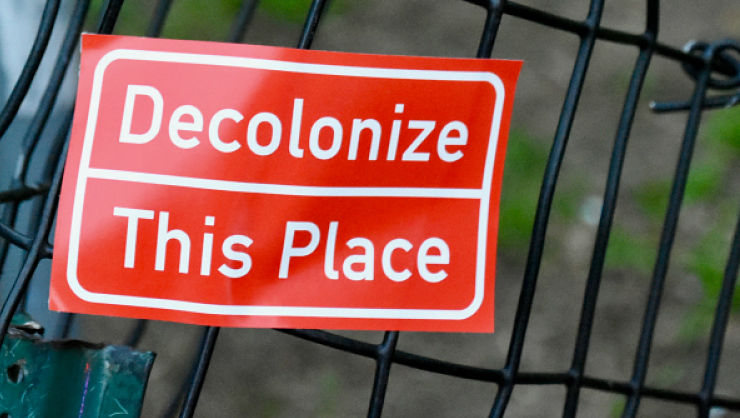

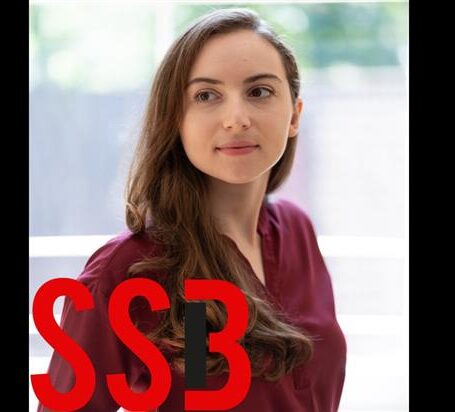




























































































All images should have sources listed. The first one is particularly harrowing and it is counter to the intention of the essay itself to leave it there without comment or context or attribution. I absolutely think it should be there but it should be given due respect. I highly encourage the author to give the same consideration to the other images as well.
I like so much your describing these as “inclusive, additive processes” rather than zero sum. We are all enriched – and that sense that for one to gain another must lose is an illusion we can outgrow